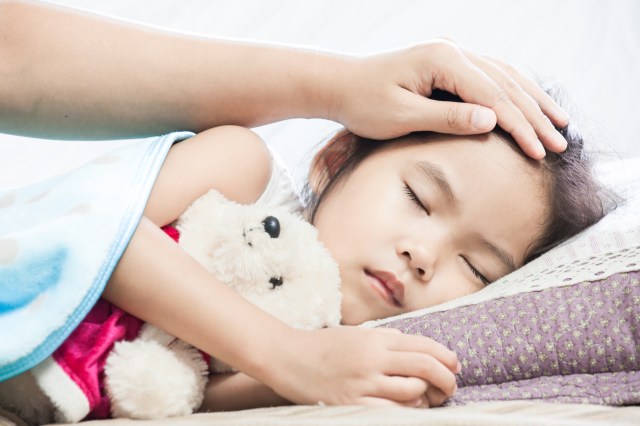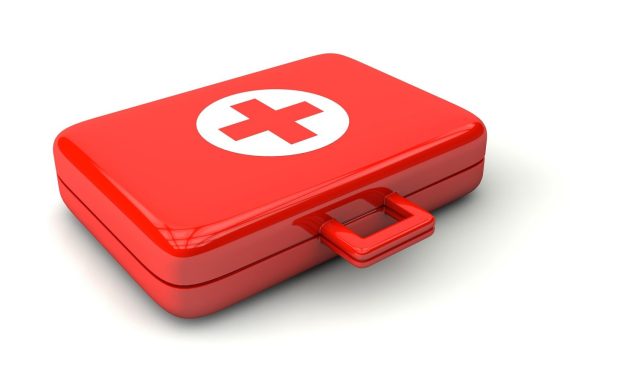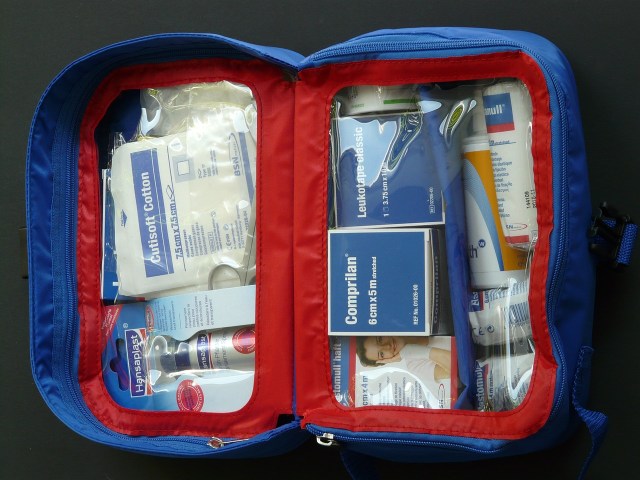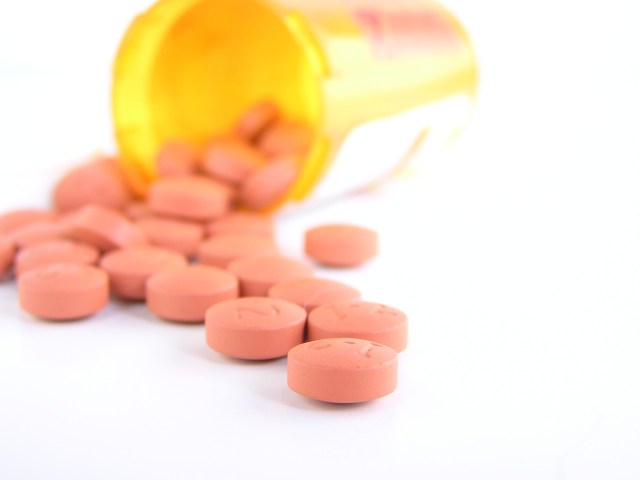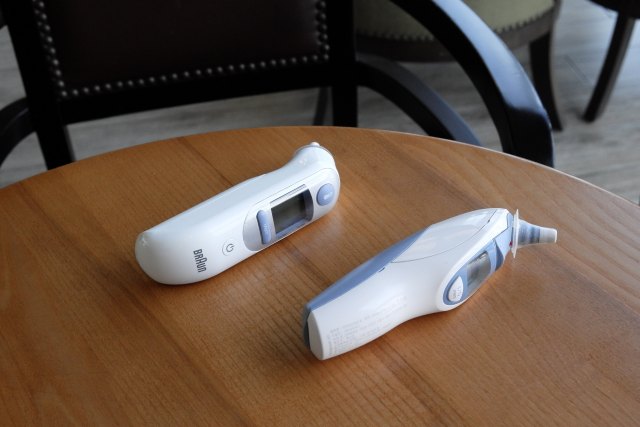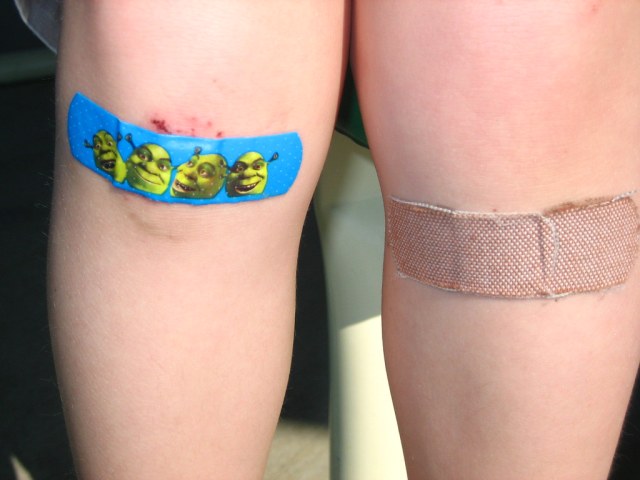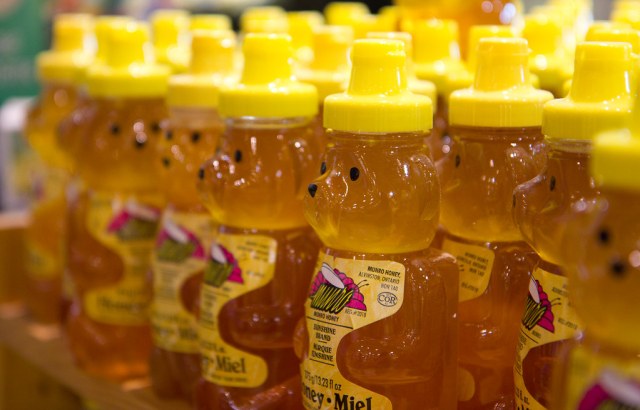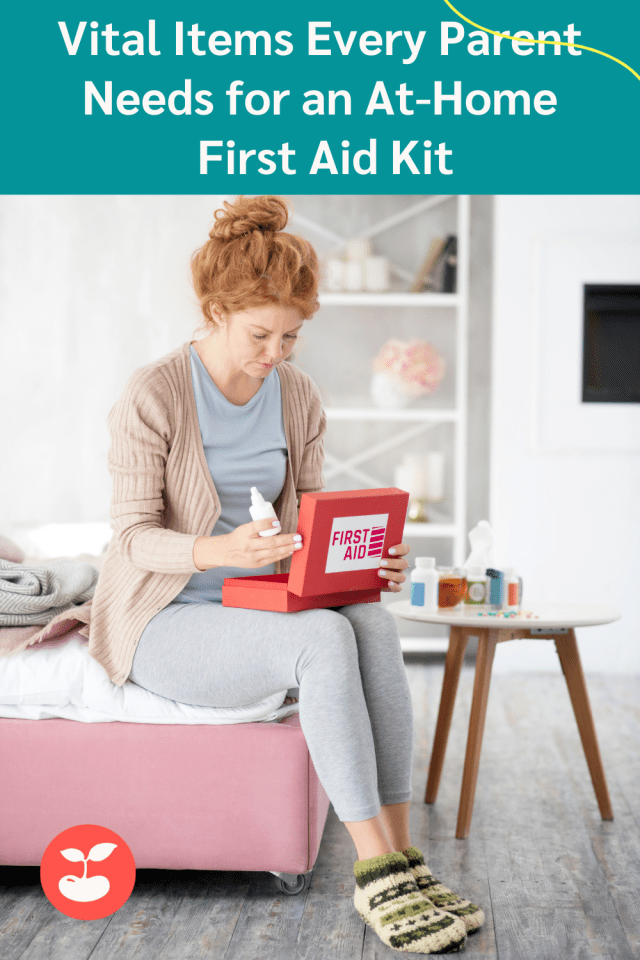
Breaking news! We just got word from the North Pole that Santa Claus and his elves are considered essential workers after all. The Elf High Council spent months debating and spreading holiday cheer and it was deemed more necessary than ever. Not to worry, they’ve been self-quarantined at the North Pole by sheer logistics and geography. Still, the elves are worried that St. Nick’s annual trip around the world may expose him to COVID-19. He could also potentially be an infection vector, visiting billions of homes in one night and traveling through quarantine zones and pandemic hotspots like Des Moines, Iowa (despite strict travel bans!).
Long term consequences were reviewed and studied since Santa is in a high-risk group: over the age of 85 (he’s 1,750 years old) and obese (between 250 lbs. and 350 lbs.—that’s a lot of cookies!). 12-year-old Holly L. of South Georgia proclaimed that “magic” would keep him safe from infection. Others in her 6th grade class are not so sure, especially Aaron, who is well known to be on the naughty list and failing band. Though, early calculations predict that there were way less children on the good list this year.
The added concern of bringing COVID-19 home to the workshop and infecting his workforce was stated by The Fair Labor Association on behalf of Elf Toymakers Union. If the workforce and supply chain of the North Pole goes down, we may risk more than just this Christmas it could be the end of all Christmas. Plans are in place for Santa and his reindeer to completely isolate in a secured bunker for 14 days upon returning to the North Pole. Despite disruptions in the supply chain for the toy workshop raw materials and logistics planning for no contact delivery (drones have been beta tested with mixed results), Santa and his spokes-elf announced that Christmas will run as planned. The toys are mostly ready. They also released this WHOville approved list of appropriate actions to keep Santa and your families safe.
- Clean your home really well. Especially the room with the tree. Drench the floor and furniture with PineSol brand PineSol #PineSol. Vodka works too. (Santa just loves the piney smell of PineSol. This is not a paid endorsement).
- Please place a fresh disposable mask on your front door for Santa to use at your house. Fresh single use hand sanitizer is also welcome.
- All cookies must be individually wrapped. A hot cup of tea in a biodegradable to-go cup is also welcome. Santa is a fan of Earl Grey but Mrs. Claus wants him to drink herbal rosehip and citrus with a splash of elderberry. Judy the elf says skip the cookies and leave a roll of toilet paper instead. #panicbuy
- Do not, we repeat, do not let children wait for Santa in the room with the tree. Asleep or not, their mere presence can spread COVID. Lock up your sugar plums in their bedrooms. We see you when you are sleeping. It’s creepy, right?
- Santa’s new PPE suit was designed by a hazmat crew and could potentially be scary to children who expect the Coca-Cola Santa attire. We’ve rebranded for the pandemic. #safeSanta
- If possible, run an air purifier in the room with the point of entry.
- If you would like a no contact option, please note that in your “Christmas Letter to Santa” and presents will be left on the doorstep. For those being extra careful, make a note and we will shrink wrap everything. Wait until New Year’s Day to actually open and unwrap.
- Regarding Christmas Wishes: Santa’s magic can do a lot but it cannot bring Grandma back to life. Or make parties and playdates safe again. Santa can still do puppies though. 2020 is a good year to ask for puppies. (No contact delivery with shrink wrap option does not apply to puppies).
- If you’d like to donate your Christmas Wish to help the starving children next door whose parents are not allowed to work but whose landlord still has to pay the bank…please write soon. #GhostofChristmasFuture
It is our fondest hope that this time next year, Santa will return to malls, storefronts, nursing homes, and children’s hospitals spreading holiday cheer instead of a potentially dangerous variation of SARS, uninterrupted by the traffic jam of Grim Reapers who would like it known that they are overworked and underpaid and miss their families too. Please note that if you wish to opt out of Santa deliveries this year, that’s okay too. #savesanta #highrisk #essentialworkers







